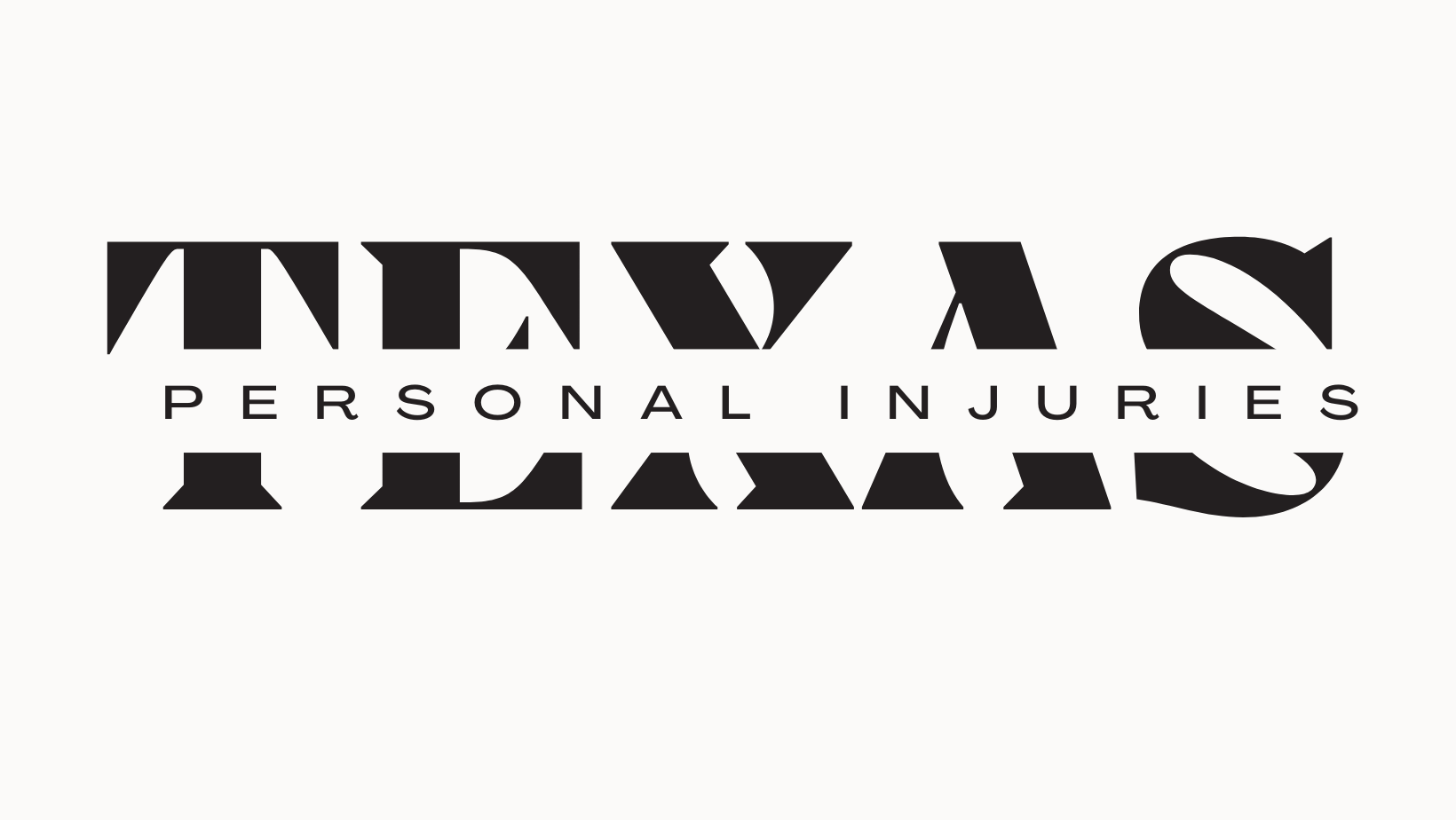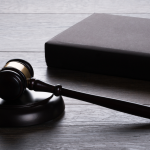Proving liability in a personal injury case is one of the most crucial aspects of securing compensation for damages. Whether you were injured in a car accident, slip and fall, medical malpractice, or workplace incident, establishing who is legally responsible determines the outcome of your claim. In this guide, we’ll explore the key elements of proving liability, types of evidence needed, and legal strategies to strengthen your case.
What is Liability in a Personal Injury Case?
Liability refers to legal responsibility for an accident or injury. In personal injury law, the at-fault party (defendant) can be held responsible for the damages suffered by the injured party (plaintiff).
To successfully prove liability, the plaintiff must establish that the defendant’s actions (or negligence) directly caused the injury.
The Four Key Elements to Prove Liability
To establish liability in a personal injury case, you must prove the following four elements:
1. Duty of Care
The defendant must have owed a legal duty to act in a reasonably safe manner to prevent harm. Examples include:
Drivers have a duty to follow traffic laws and drive safely.
Property owners must maintain safe premises for visitors.
Doctors owe patients a standard level of medical care.
2. Breach of Duty
You must show that the defendant failed to meet their duty of care. This could be due to negligence, recklessness, or intentional misconduct. Examples include:
A driver texting while driving and causing a crash.
A grocery store failing to clean up a spilled liquid, leading to a slip-and-fall.
A doctor misdiagnosing a life-threatening condition.
3. Causation
It must be proven that the defendant’s actions directly caused your injury.
Example 1: If a distracted driver runs a red light and hits you, their negligence directly caused your injury.
Example 2: If you slip and fall due to a wet floor but there was a visible warning sign, causation may be harder to prove.
4. Damages
You must show that you suffered actual losses due to the injury, such as:
✅ Medical expenses (hospital bills, surgeries, physical therapy).
✅ Lost wages (if you missed work due to the injury).
✅ Pain and suffering (physical pain, emotional distress, PTSD).
Types of Evidence to Prove Liability
1. Accident Reports
Police reports (for car accidents).
Incident reports (for workplace or store injuries).
2. Photographic & Video Evidence
Photos of injuries, property damage, and accident scenes can provide strong evidence.
Surveillance footage or dashcam videos can clearly show what happened.
3. Eyewitness Testimonies
Statements from bystanders, passengers, or coworkers can confirm what occurred.
4. Medical Records
Doctor’s reports, X-rays, prescriptions, and treatment history help prove the severity of injuries.
5. Expert Witnesses
Accident reconstruction specialists can analyze how a crash happened.
Medical experts can testify on the long-term impact of injuries.
Common Personal Injury Cases & How to Prove Liability
1. Car Accidents
To prove the other driver was at fault:
✅ Obtain police reports and dashcam footage.
✅ Get witness statements.
✅ Review traffic camera footage (if available).
✅ Request cell phone records (to check for texting while driving).
2. Slip and Fall Accidents
To hold a property owner liable:
✅ Show they failed to fix hazards (e.g., wet floors, broken stairs).
✅ Prove they knew about the danger but didn’t act.
✅ Provide surveillance footage or maintenance records.
3. Medical Malpractice
To prove a doctor’s negligence:
✅ Compare treatment with medical standards using expert witnesses.
✅ Show incorrect diagnosis, improper treatment, or surgical errors.
✅ Obtain medical records detailing the mistake.
4. Workplace Injuries
To prove employer negligence:
✅ Show lack of proper safety equipment or training.
✅ Provide witness testimony from coworkers.
✅ Obtain OSHA reports or workplace safety violations.
What If You Were Partially at Fault?
Some states follow comparative negligence laws, meaning you can still recover compensation even if you were partially at fault.
✅ Texas follows a Modified Comparative Fault Rule:
If you were less than 51% at fault, you can still receive damages, but they are reduced by your percentage of fault.
If you were more than 51% at fault, you cannot recover compensation.
Example:
If a jury finds you 30% at fault in a car accident and your damages total $100,000, your compensation would be reduced to $70,000.
What to Do After an Accident to Strengthen Your Case
✔ Seek Medical Attention – Even if injuries seem minor, get a medical evaluation.
✔ Document Everything – Take photos/videos, collect witness names, and keep medical records.
✔ Avoid Admitting Fault – Do not apologize or admit blame at the scene.
✔ Consult a Personal Injury Lawyer – An attorney can help build a strong case and handle negotiations.
Conclusion
Proving liability in a personal injury case requires strong evidence, expert testimonies, and legal knowledge. Whether you’re dealing with a car accident, slip and fall, or medical malpractice case, working with an experienced personal injury attorney can significantly improve your chances of winning compensation.
💡 Have you been injured due to someone else’s negligence?
Contact us today for a free consultation to discuss your case!




Leave a Reply